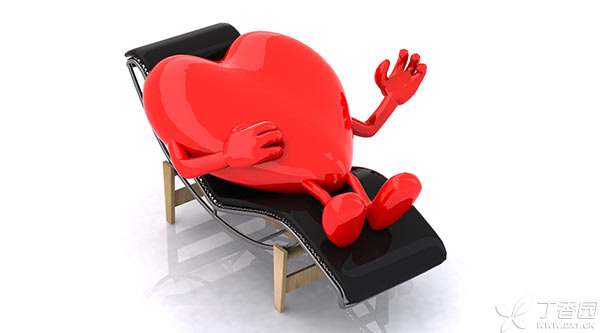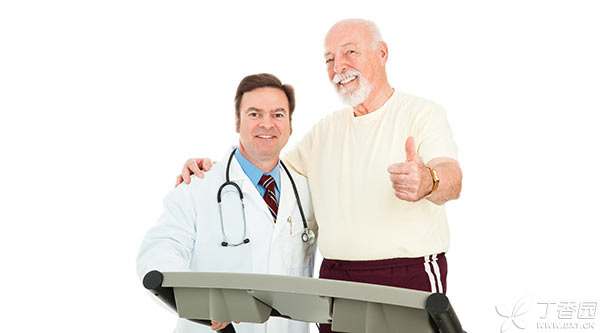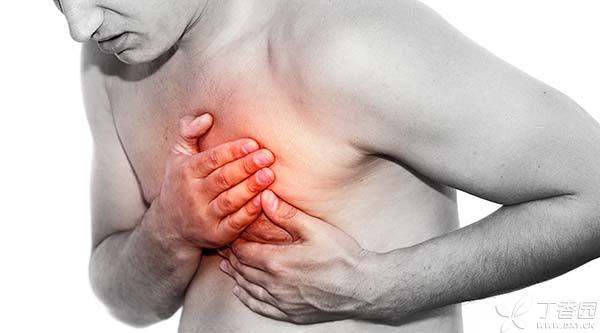
I often hear some patients say to me: “I have coronary heart disease, blood vessels are blocked by 50%, the doctor said to me, I can’t do sports, and my aunt is invited to do all the housework at home.”
In fact, the mainstream view of domestic cardiologists is that stable heart disease patients can do appropriate exercise, which is beneficial to the recovery of heart disease.
Heart Rehabilitation Campaign to Promote Heart Function Recovery
Many doctors know that proper rehabilitation exercise is very helpful for the recovery of heart diseases.
Not doing any exercise will further reduce the patient’s cardiac function, while scientific exercise can gradually improve cardiovascular adaptability and reduce the number of heart attacks.
Cardiac rehabilitation in European and American countries has developed relatively mature.
Rehabilitation doctors will evaluate the patients’ cardiac function, formulate personalized exercise plans, guide the patients to exercise step by step, and combine measures such as mood control, weight loss, balanced diet, smoking cessation, risk factor assessment, etc. to help the patients reach the maximum potential of cardiac function.

The concept of [having to rest] is about to change.
The vast majority of heart disease patients in China have not yet accepted the concept of exercise rehabilitation, only taking medicine for rest, and there are some misunderstandings about exercise rehabilitation.
Myth 1: Treat Heart Disease Rehabilitation Exercise as Strenuous Activity
Many cardiologists will instruct stable heart disease patients not to exercise violently. However, not doing strenuous activities does not mean not being able to exercise. However, some patients and their families mistakenly believe that it is safer not to exercise.
Myth 2: Heart Disease Rehabilitation Exercise Is Not Important
Although many cardiologists will advise patients with heart disease to stabilize, Do some exercises that the heart can bear properly, such as walking, cycling and light physical housework, but can’t give a specific duration and load of exercise plan, and seldom ask about the patient’s exercise during follow-up, giving the patient the impression that exercise is not very important to my heart disease.

How to do heart disease rehabilitation exercise?
Patients who wish to try heart disease rehabilitation therapy can go to the local hospital that has already carried out heart rehabilitation for consultation.
1. Comprehensive assessment of cardiac function and exercise risk factors
Doctors will first work out the most suitable exercise mode and amount according to the patient’s situation. For example, starting from the simplest dressing, washing and walking, they will gradually reach the level of exercise beneficial to the heart. Commonly used are also stepping on power bicycles, treadmills, aerobic exercise, resistance exercise, flexibility exercises, etc.
Before exercise, doctors should be informed of the drugs they are taking, because some drugs will change heart rate, blood pressure and overall exercise ability.
2. Monitoring cardiovascular-related indicators
During exercise, the patient’s heart rate, blood pressure and electrocardiogram should be monitored, and oxygen inhalation should be provided when necessary to improve exercise endurance. This monitoring and evaluation will be repeated during exercise to determine whether exercise is safe and to monitor the progress of rehabilitation.
Medical staff will also teach patients how to measure blood pressure and heart rate, tell you how much heart rate should be reached during exercise, teach patients to use Borg Rating of Perceived Exercise (RPE) to determine whether the intensity of exercise is moderate, and learn to identify various normal and abnormal reactions of the body to exercise.
3. Keep a record of yourself during family sports.
After a period of exercise therapy in the hospital, for heart disease patients assessed as low to medium risk, foreign countries generally recommend family exercise therapy or exercise in community hospitals that can provide basic cardiopulmonary resuscitation conditions. However, for heart disease patients with high risk rating, exercise can only be carried out in hospitals.
After returning home, the patient should exercise himself according to the doctor’s exercise prescription, record the heart rate, blood pressure, RPE and symptoms, follow up the doctor regularly, and adjust the exercise prescription.
For patients with heart failure and cardiac surgery, it is especially important to record their weight. Sudden weight gain often means that there is liquid storage in the body, heart disease worsens or surgical complications exist, and doctors should be contacted in time.
Exercise rehabilitation, which heart disease patients are not suitable?
Most patients with stable heart disease and before and after cardiac surgery can carry out their own sports rehabilitation programs under the guidance of doctors, but they are not suitable for sports therapy if the patients have the following conditions:
Unstable angina pectoris;
Severe uncontrolled hypertension or hypotension;
Severe unstable arrhythmia;
Uncontrolled heart failure or acute heart failure;
Uncontrolled diabetes, thrombosis.

Rehabilitation exercise for heart disease must be guided by a doctor.
Heart disease rehabilitation exercise has many benefits, but lack of doctor’s guidance will increase the risk of cardiovascular events.
Studies have found that arrhythmia, chest tightness, wet and cold skin, blood pressure drop and other conditions often occur in the first month of exercise training. If the patient’s physical fitness level and cardiovascular adaptability have not improved, they will rashly start exercise beyond their heart’s bearing capacity, which is easy to cause cardiac ischemia and increase the probability of sudden death.
Although the probability of sudden death of people who exercise for heart diseases is relatively low, with one person in every 60,000 to 80,000, it should be emphasized that patients with heart diseases must carry out scientific rehabilitation exercises under the guidance of professional doctors to gradually improve their physical fitness and resume their daily activities.
In these cases, call 120 immediately.
When exercising at home, make sure that medical personnel providing professional cardiopulmonary resuscitation can be contacted at any time. If the following situations occur before, during or after exercise, call 120 immediately:
Any physical discomfort: such as chest pain, chest pressure, back, head and neck, lower jaw, upper abdomen or one arm pain, nausea, dizziness, severe headache, shortness of breath, shortness of breath, severe fatigue, sweating, sudden numbness, weakness of hands and feet, blurred vision, sudden slurred speech.
Abnormal heart rate: The heart rate is much lower or higher than usual, or the beating is not neat.
Abnormal blood pressure: systolic blood pressure drops, systolic blood pressure does not rise during exercise, or blood pressure rises abnormally.
Responsible Editor: Yidan
